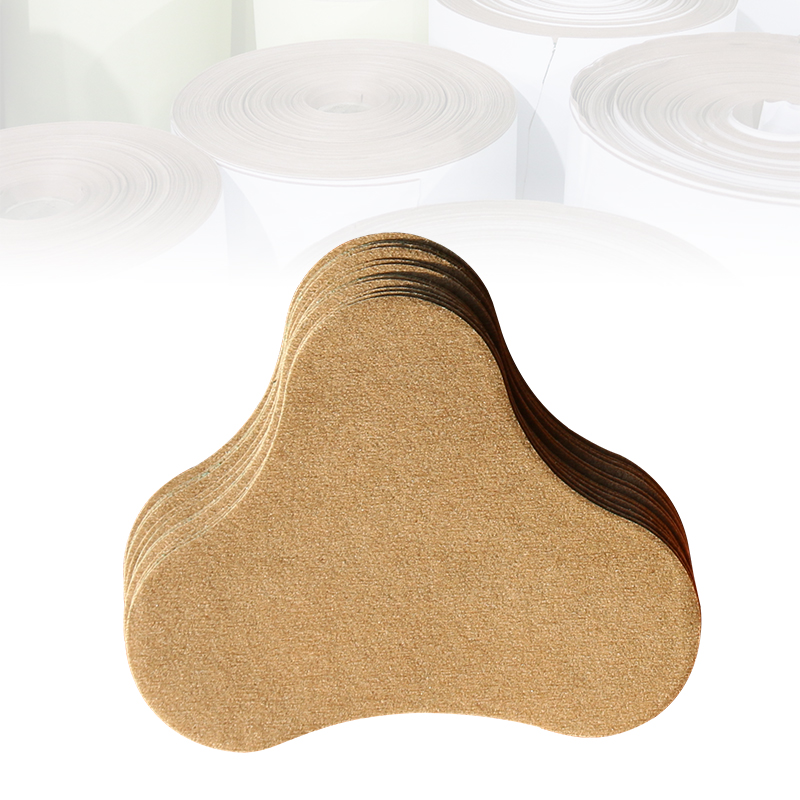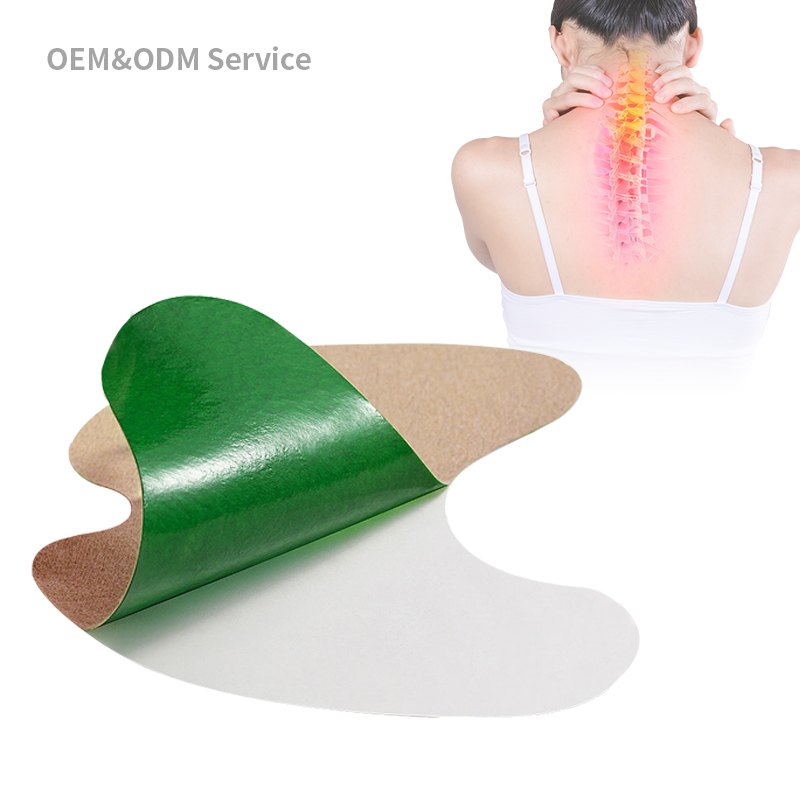Key Regulatory Requirements for Cervical Vertebra Pain Relief Patches in the EU
Understanding the regulatory landscape for cervical vertebra pain relief patches in the EU is crucial for manufacturers, OEMs, and suppliers looking to enter or maintain their presence in this market. This comprehensive guide will cover the essential regulatory requirements, ensuring compliance and market success.

Overview of Cervical Vertebra Pain Relief Patches
Cervical vertebra pain relief patches are medical devices designed to alleviate pain in the neck region, typically resulting from issues such as cervical spondylosis, muscle strain, or other cervical spine-related conditions. These patches are often medicated, delivering pain relief through transdermal absorption.
Regulatory Framework in the EU
1. Classification of Medical Devices
In the EU, cervical vertebra pain relief patches are classified under the Medical Device Regulation (MDR) 2017/745. The classification of these patches depends on their intended use and risk profile. Generally, they fall under Class IIa or IIb, requiring a higher level of scrutiny due to their interaction with the body.
2. CE Marking
CE marking is a mandatory conformity mark for medical devices in the EU. To obtain a CE mark for cervical vertebra pain relief patches, manufacturers must demonstrate compliance with the MDR. This involves:
- Conformity Assessment: This process involves a detailed assessment of the product's design, manufacturing, and intended use. For Class IIa and IIb devices, this assessment must be conducted by a Notified Body.
- Technical Documentation: Comprehensive technical documentation must be prepared, including device description, risk management, clinical evaluation, and manufacturing information.
- Clinical Evaluation: Clinical data must be provided to demonstrate the safety and efficacy of the patches. This can be achieved through clinical trials or by leveraging existing clinical data.
3. Post-Market Surveillance
Once the cervical vertebra pain relief patches are on the market, manufacturers are required to conduct ongoing post-market surveillance. This includes:
- Vigilance Reporting: Any incidents or adverse events involving the patches must be reported to the relevant authorities.
- Periodic Safety Update Reports (PSURs): Regular updates on the safety and performance of the patches must be submitted.
4. Labeling and Instructions for Use
Proper labeling is essential for compliance and user safety. Labels must include:
- CE Marking: Indicating conformity with EU regulations.
- Manufacturer Information: Name and address of the manufacturer, OEM, or private label supplier.
- Intended Use: Clear instructions on the use of the patches, including indications and contraindications.
- Batch or Serial Number: For traceability purposes.
- Expiration Date: Ensuring the product is used within its shelf life.
5. Unique Device Identification (UDI)
The MDR requires the implementation of a Unique Device Identification (UDI) system. This system enhances traceability and facilitates the recall of defective products. Manufacturers must assign a unique identifier to each device, which must be included on the label and recorded in the EU database (EUDAMED).
6. Quality Management System (QMS)
Manufacturers of cervical vertebra pain relief patches must establish a Quality Management System (QMS) compliant with ISO 13485. This standard outlines the requirements for a comprehensive quality management system, ensuring the consistent production of safe and effective medical devices.
7. Importer and Distributor Obligations
Importers and distributors of cervical vertebra pain relief patches have specific responsibilities under the MDR, including:
- Verification of CE Marking and Documentation: Ensuring that the products they handle comply with EU regulations.
- Complaint Handling: Reporting any product complaints or issues to the manufacturer and relevant authorities.
- Storage and Transportation: Maintaining appropriate conditions to preserve the quality and integrity of the patches.
Challenges and Considerations
1. Navigating the Regulatory Pathway
The regulatory pathway for cervical vertebra pain relief patches can be complex and time-consuming. Engaging with experienced regulatory consultants and Notified Bodies early in the process can facilitate smoother compliance.
2. Keeping Up with Regulatory Changes
The regulatory landscape for medical devices in the EU is dynamic, with ongoing updates and changes. Manufacturers must stay informed about new regulations and adjust their compliance strategies accordingly.
3. Ensuring Clinical Evidence
Demonstrating the safety and efficacy of cervical vertebra pain relief patches through clinical evidence is crucial. This may involve conducting new clinical trials or gathering robust data from existing studies.
4. Managing Post-Market Surveillance
Effective post-market surveillance requires robust systems for monitoring, reporting, and responding to adverse events. Manufacturers must allocate resources to ensure compliance with these requirements.
Conclusion
Navigating the regulatory requirements for cervical vertebra pain relief patches in the EU is essential for manufacturers, OEMs, and suppliers aiming to succeed in this market. Compliance with MDR, CE marking, post-market surveillance, and quality management systems are key components of this process. By understanding and adhering to these requirements, businesses can ensure the safety and efficacy of their products while gaining a competitive edge.
Frequently Asked Questions (FAQs)
1. What is the MDR, and why is it important for cervical vertebra pain relief patches?
The MDR (Medical Device Regulation) 2017/745 is a regulatory framework governing the production, distribution, and monitoring of medical devices in the EU. It ensures that cervical vertebra pain relief patches are safe, effective, and of high quality.
2. How do I obtain a CE mark for my cervical vertebra pain relief patches?
To obtain a CE mark, you must undergo a conformity assessment, prepare comprehensive technical documentation, and demonstrate clinical evidence of safety and efficacy. This process involves working with a Notified Body.
3. What are the labeling requirements for cervical vertebra pain relief patches?
Labels must include the CE mark, manufacturer information, intended use, batch or serial number, expiration date, and any relevant warnings or instructions.
4. What is post-market surveillance, and why is it necessary?
Post-market surveillance involves monitoring the performance and safety of medical devices once they are on the market. It ensures ongoing compliance and helps identify and mitigate potential risks.
5. What role do importers and distributors play in regulatory compliance?
Importers and distributors must verify that products comply with EU regulations, handle complaints, and ensure proper storage and transportation conditions.
6. How can I stay updated on regulatory changes?
Staying informed about regulatory changes involves regularly reviewing updates from regulatory authorities, participating in industry associations, and consulting with regulatory experts.
By addressing these key regulatory requirements and staying proactive in compliance efforts, manufacturers, OEMs, and suppliers of cervical vertebra pain relief patches can successfully navigate the EU market and deliver safe, effective products to consumers.






